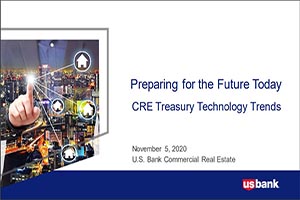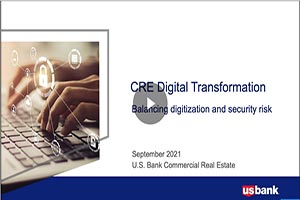For small businesses, loans are a vital component of the expansion process and necessary to navigate economic downturns. Without loans, securing new equipment, renting office space, or acquiring more inventory can be difficult, if not flat out impossible. Emergency funds might be needed after natural disasters or national emergencies to help keep businesses afloat and primed to rebound.
Before taking out a loan for your small business, it’s important to weigh the pros and cons by asking yourself – and your banker – these five questions.
1. Why am I taking out a loan?
Having a clear sense of why you need the money and what you will spend it on is a necessary first step. Small businesses often take out loans to acquire expensive assets (such as equipment or commercial real estate), to buy inventory or raw materials, or “to conserve cash supply for unexpected expenses or low revenue cycles,” says Jay Nelson, a business banking relationship manager at U.S. Bank. Conserving cash supply applies primarily to cyclical business, such as landscapers, which make the majority of their income during a particular season or time of year.
Another common reason to need a loan is due to an unexpected circumstance like a natural disaster or a health issue impacting a crucial employee, or even an entire staff, such as COVID-19. Once you have a solid understanding of what you would spend the money on, it’s worth asking whether you’re in a position to pay with cash instead of borrowing the funds. “Those are the kind of [questions to ask] right off the bat,” Nelson says.
2. What are the loan’s terms?
When working with clients, Nelson breaks down business loans into two major categories: long-term expenditures, and short-term loans. Think of long-term expenditures as something like a real estate loan, which is typically financed over a significant period of time. Short-term loans may be used for something like purchasing a piece of equipment that has an operation life of a few years.
A loan’s terms, which include length of repayment, interest rate, and proposed collateral, should align with the type of expenditure it’s financing. As a rule of thumb, the longer the repayment plan, the greater the risk of default and the higher the interest rate. Therefore “if it’s something you can pay back in a year, your banker should recommend a shorter-term product,” Nelson says.
Credit history and collateral affect a loan’s rate, so in general, the better your credit history and the more valuable the collateral you put down, the less interest you’ll be required to pay.
3. Does my business have a credit history?
A business’s credit history is usually separate from the business owner’s personal credit history, something entrepreneurs often don’t realize. Nelson has worked with clients who have been in business for several years without taking out a credit card or loan under their business’s name. Their own personal credit might be exemplary, but “if they come to a traditional bank, not having a credit history for their business could be detrimental,” he says. “Businesses need a credit history.”
4. Is my business a good candidate for a Small Business Administration (SBA) loan?
If your business has been up and running for less than two years and you don’t have a sufficient credit history, you might want to consider an SBA loan. Unlike conventional loans, SBA loans are backed by the government and can provide extended terms for the business to repay the debt.
SBA loans are often a good option for entrepreneurs who are looking to make an acquisition. Nelson recently worked with a client who was trying to purchase a pharmacy and he recommended an SBA loan. The client had extensive industry experience, which is a plus for an SBA loan approval. However, because the purchase price of the business was more than the business assets that may be available for collateral to support the loan, the loan would be under-collateralized.
5. What is the true cost of the loan, and how am I going to repay it?
Before taking out a loan, make sure you understand its true cost. In addition to interest, loans can include added fees, such as appraisal costs and penalties, which can be incurred for a variety of reasons.
You should also have a solid understanding of how you’ll go about repaying the loan “without it causing a detrimental effect on your business cash flow,” Nelson says. While the bank will do its own cash flow analysis to determine how much debt a company can afford to take on, “the business owner should consider this, too.” This calculation requires estimating how much you can realistically pay back on a monthly basis, taking into account how the loan will affect your bottom line. “Will it improve my production level? My revenue stream?” Nelson says. “Will it make my company more efficient?”
Most of the business owners he’s worked with are fiscally responsible clients who are willing to take calculated risks for the growth – and future health – of their business. We recommend consulting with a trusted advisor, and making a decision to determine the amount you feel comfortable borrowing.
From hiring the right people to seeking advice, here's how you can make the most of your business loan.




















































































































